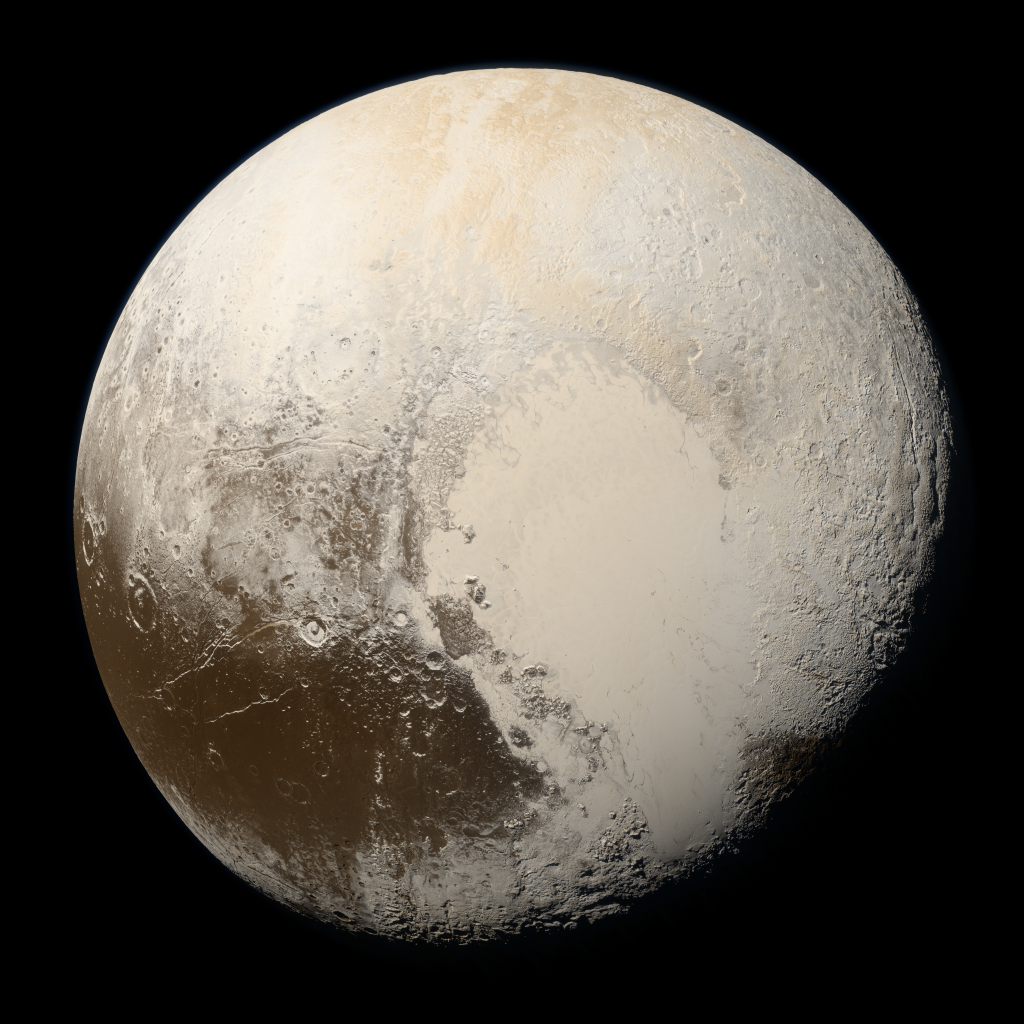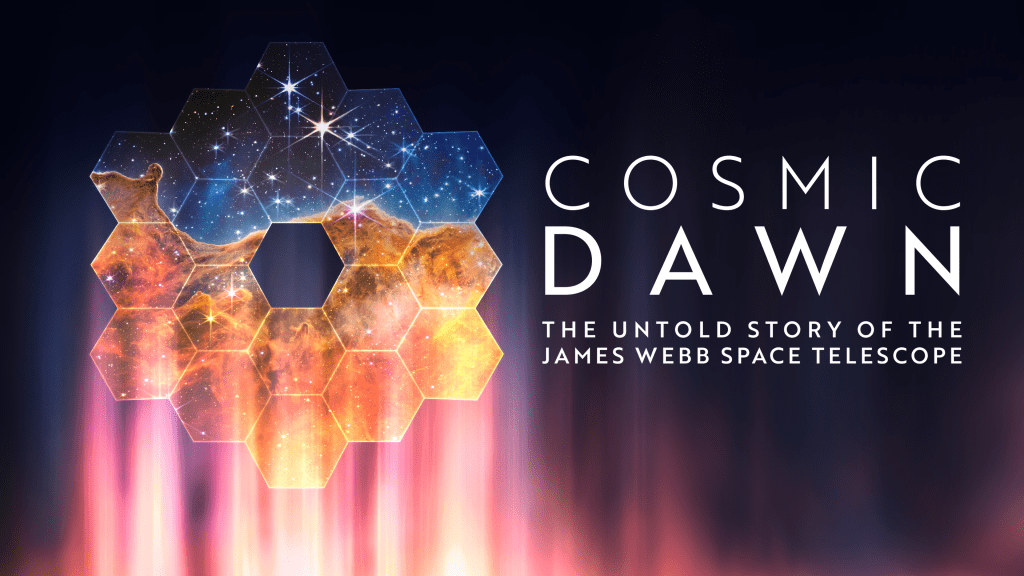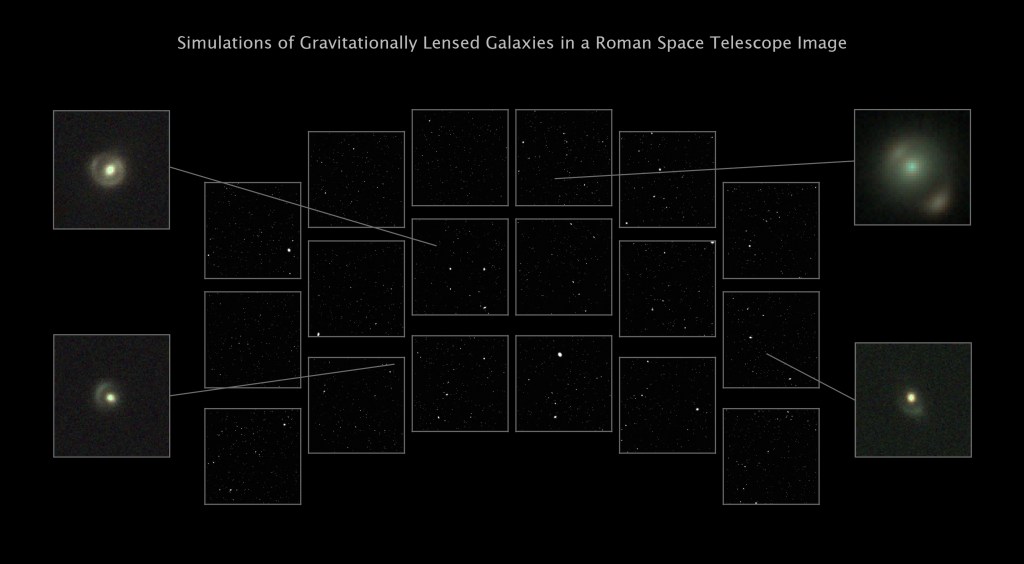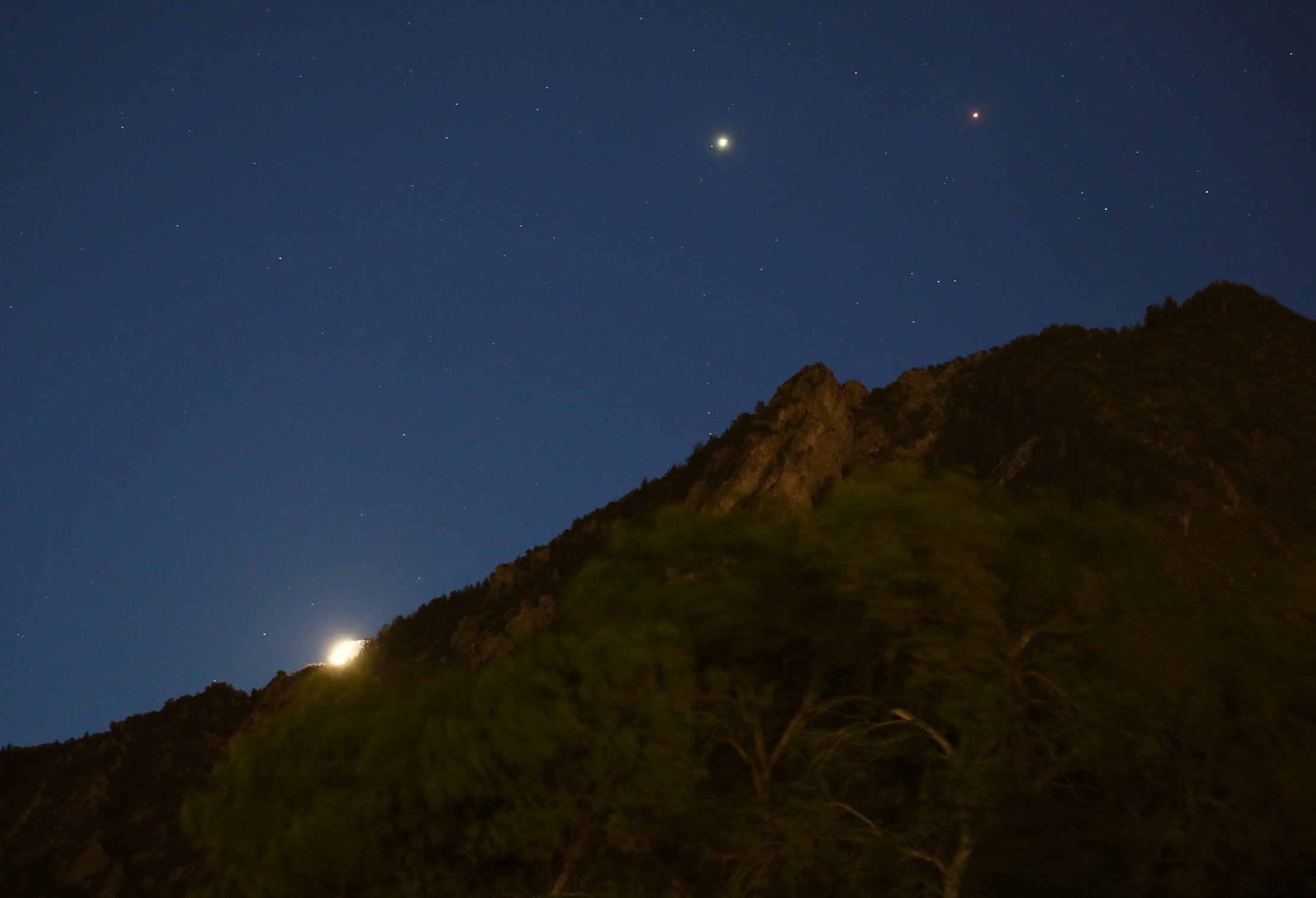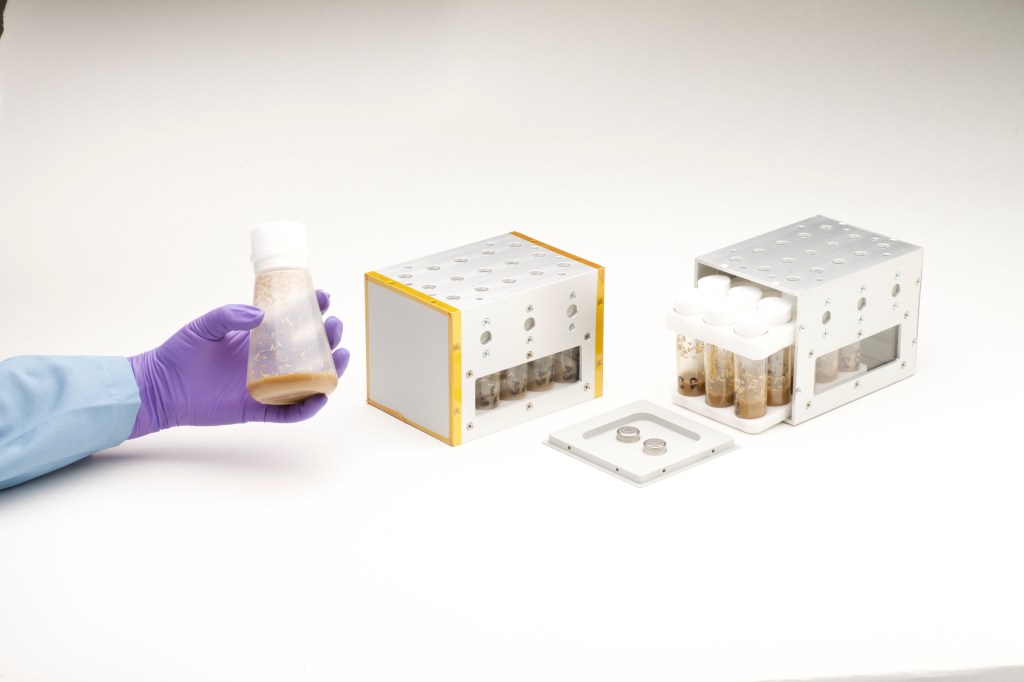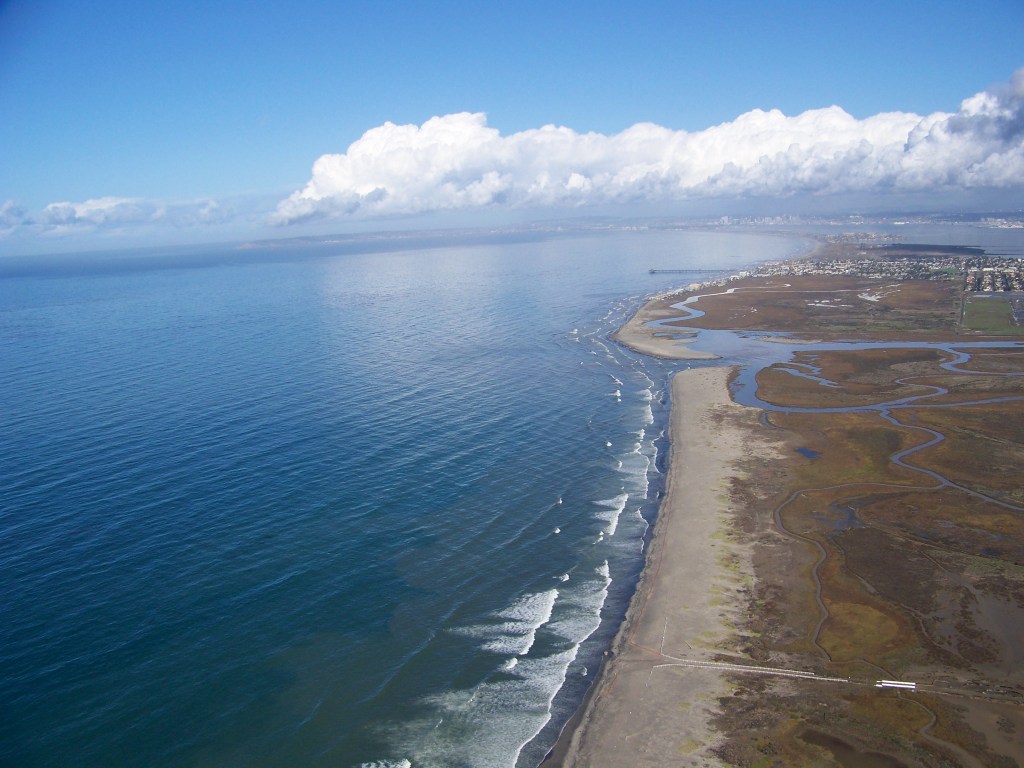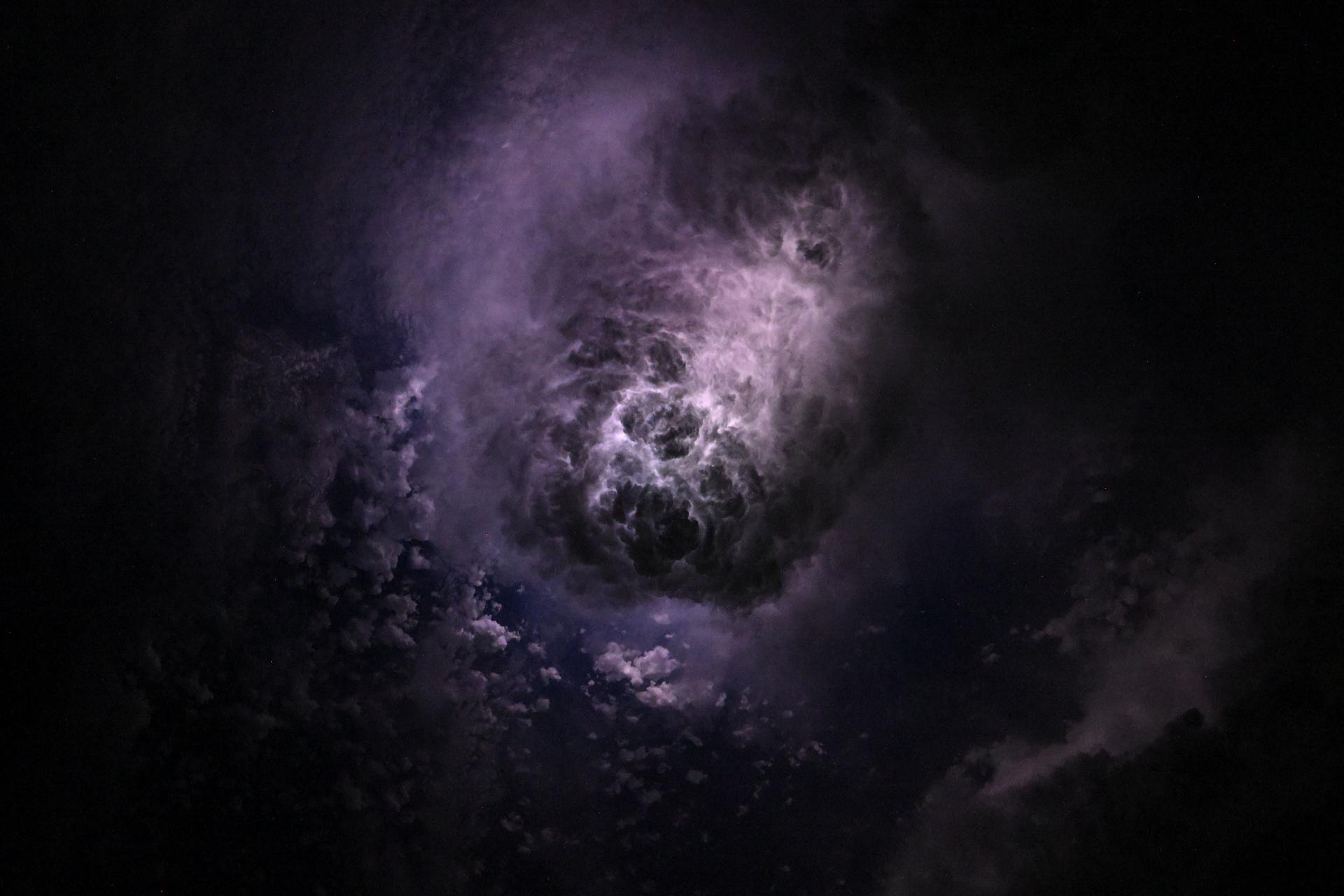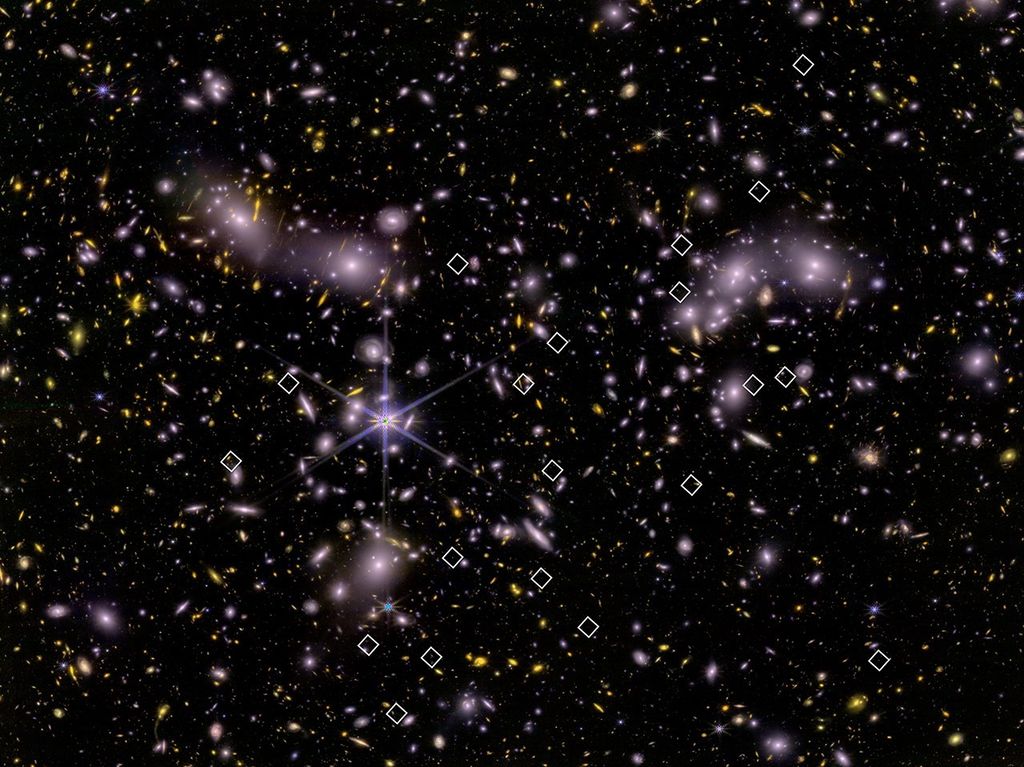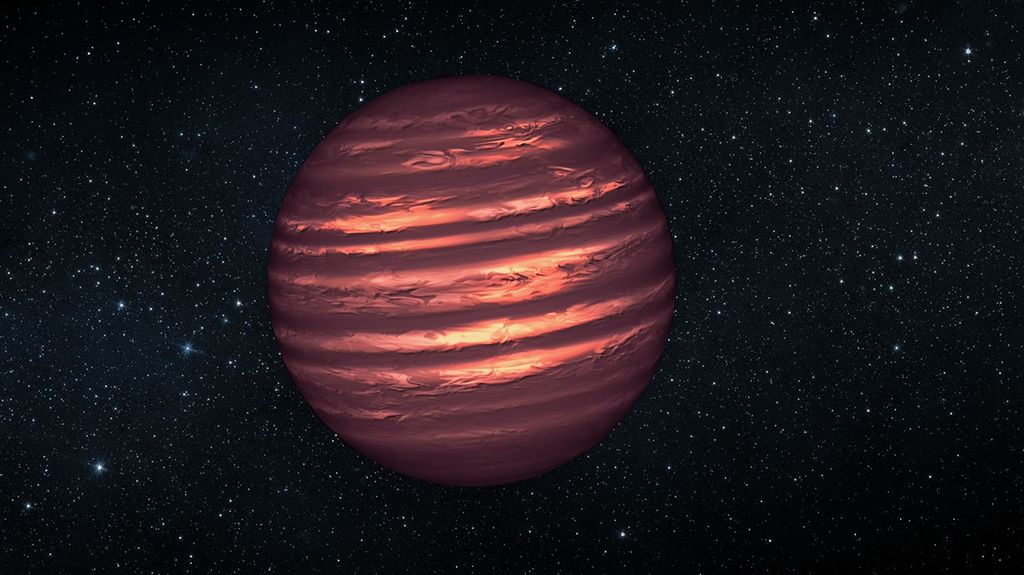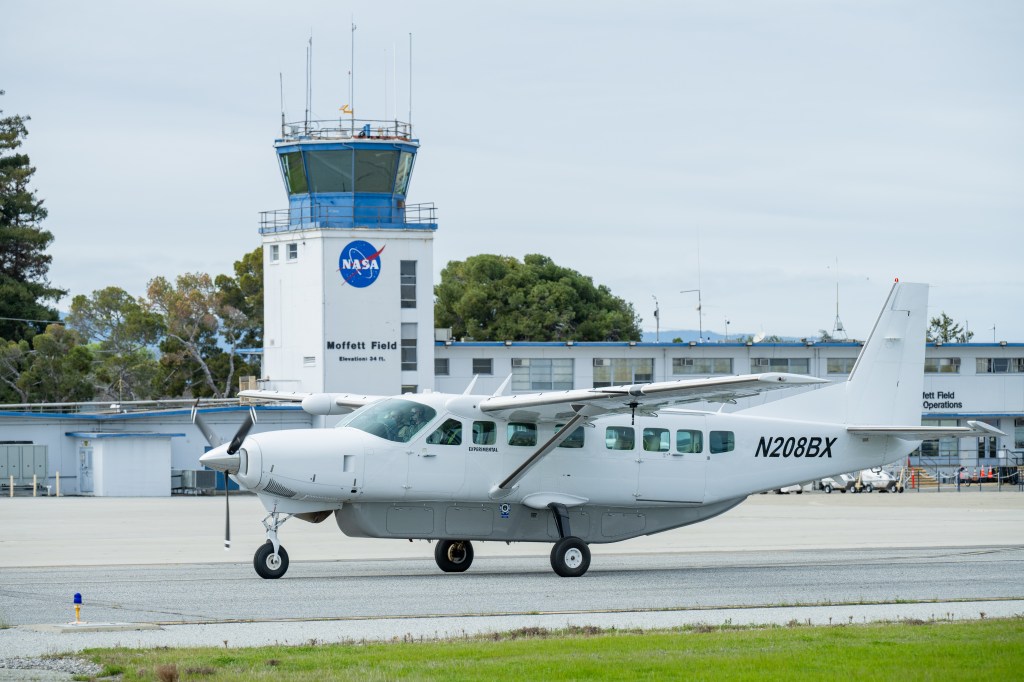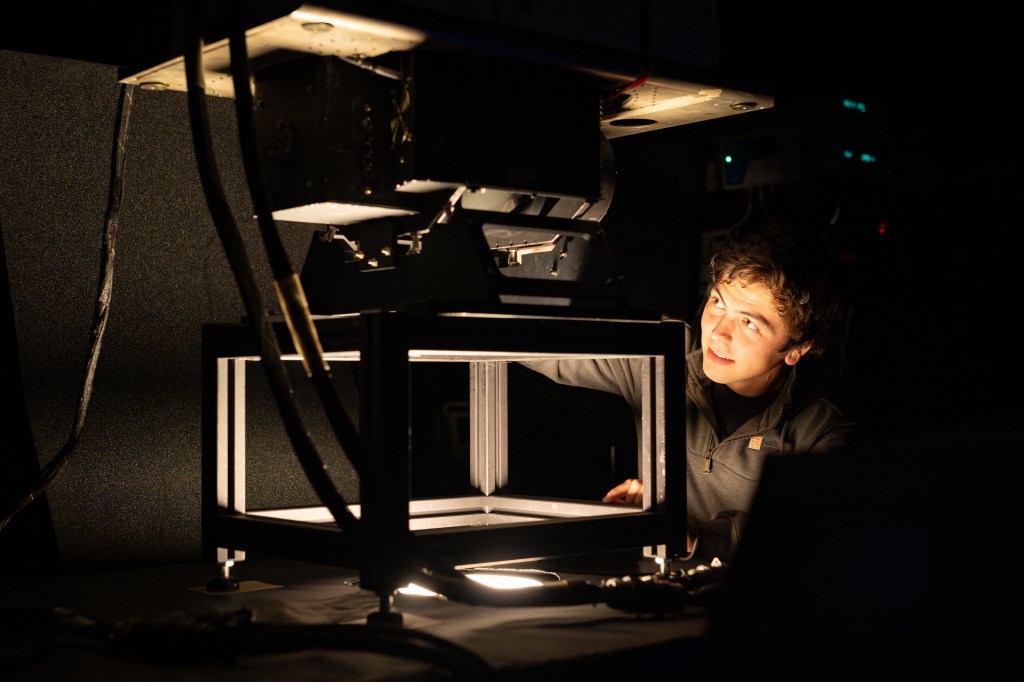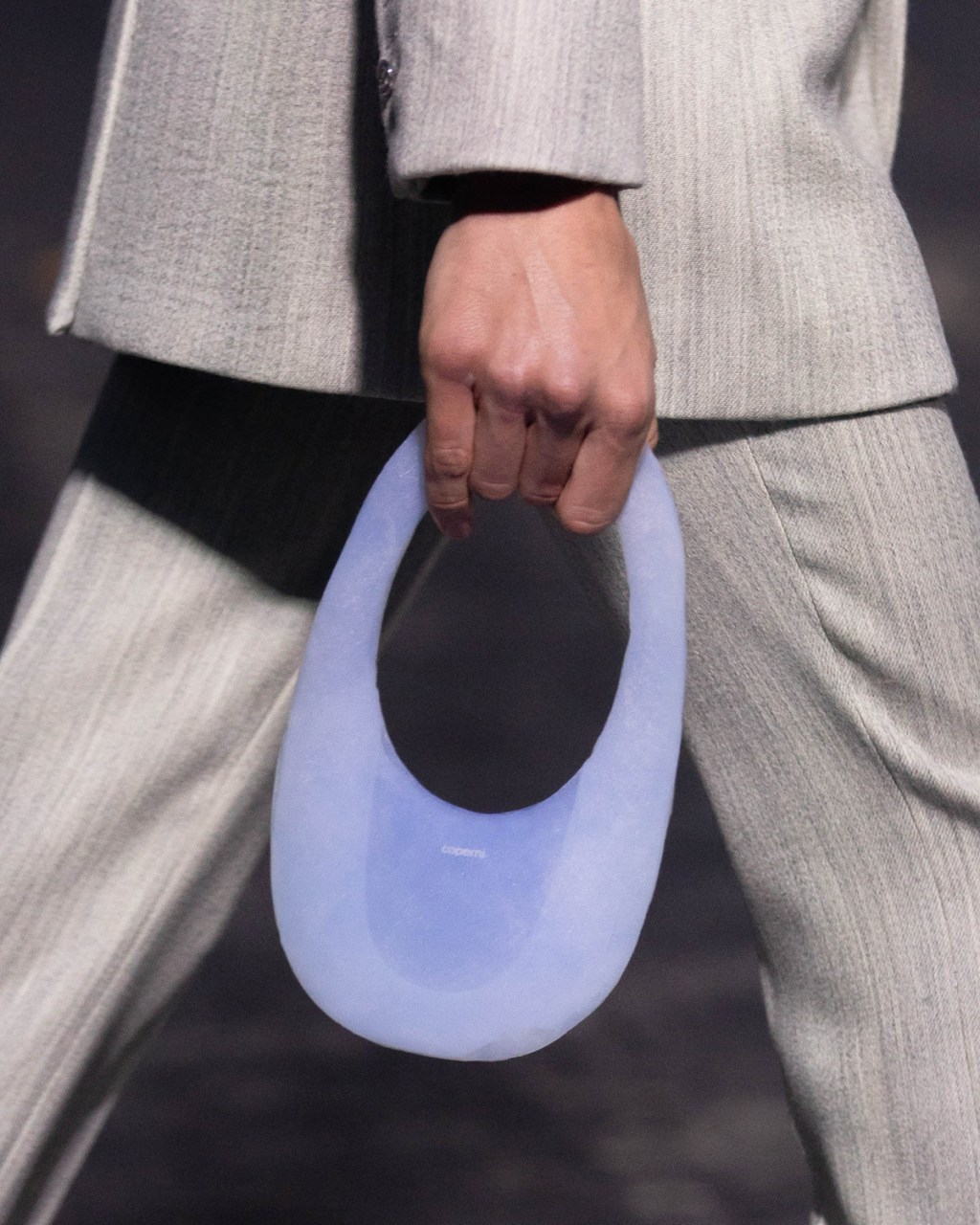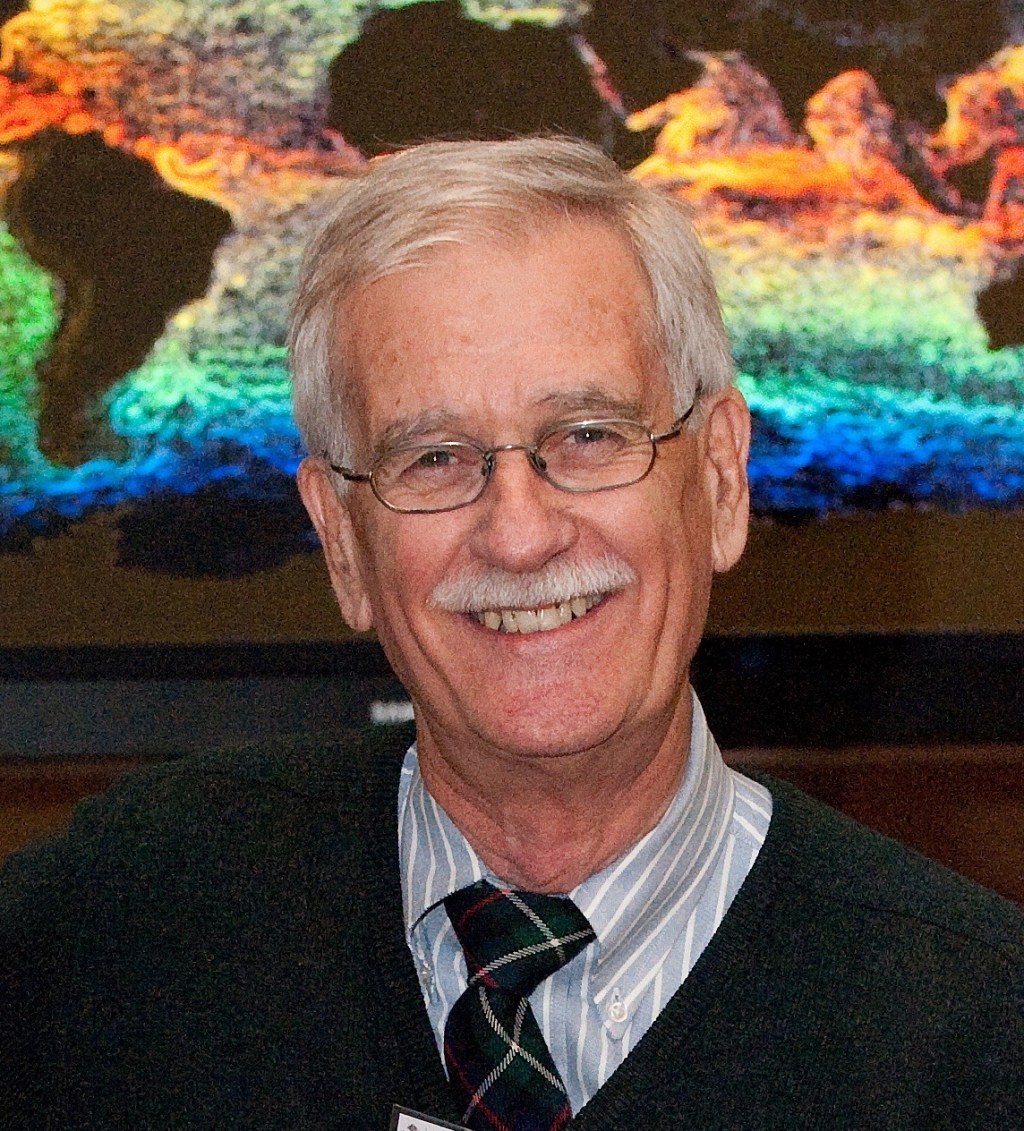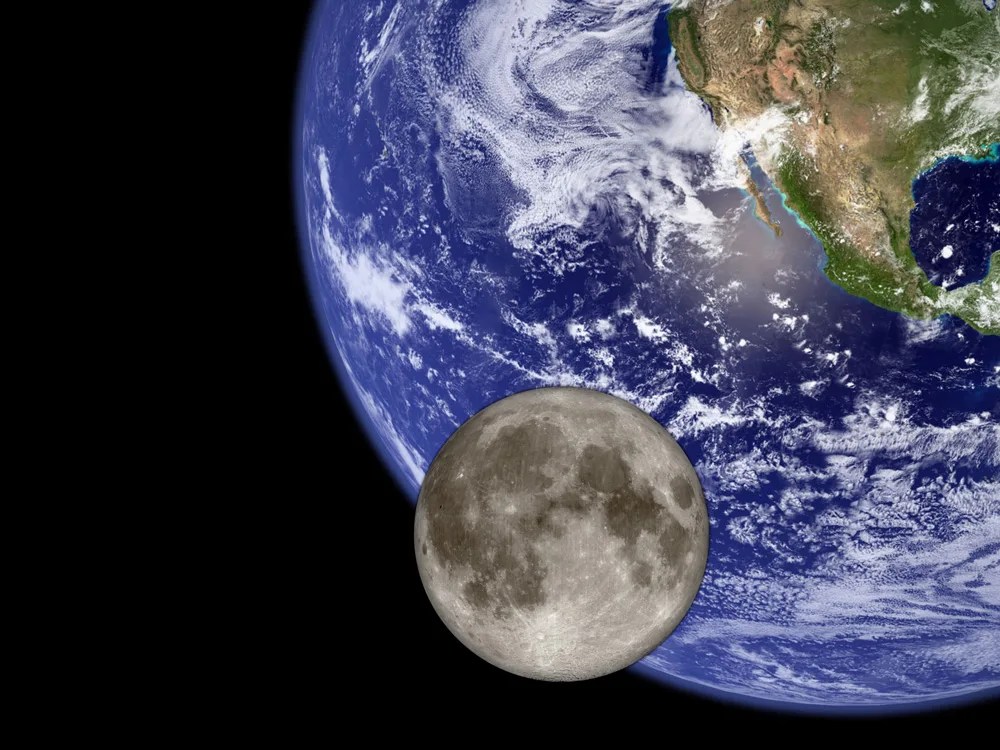Outer Solar System
NASA’s Planetary Science missions to the outer solar system help help scientists understand more about Earth and the formation and evolution of the solar system.
Jupiter
The fifth planet from our Sun, Jupiter is the largest planet in the solar system, more than twice as massive as all the other planets combined. Jupiter's stripes and swirls are actually cold, windy clouds of ammonia and water, floating in an atmosphere of hydrogen and helium. Jupiter’s iconic Great Red Spot is a giant storm bigger than Earth that has raged for hundreds of years. Europa, one of Jupiter's dozens of moons, is thought to have a liquid ocean beneath its icy surface.
Learn More About Jupiter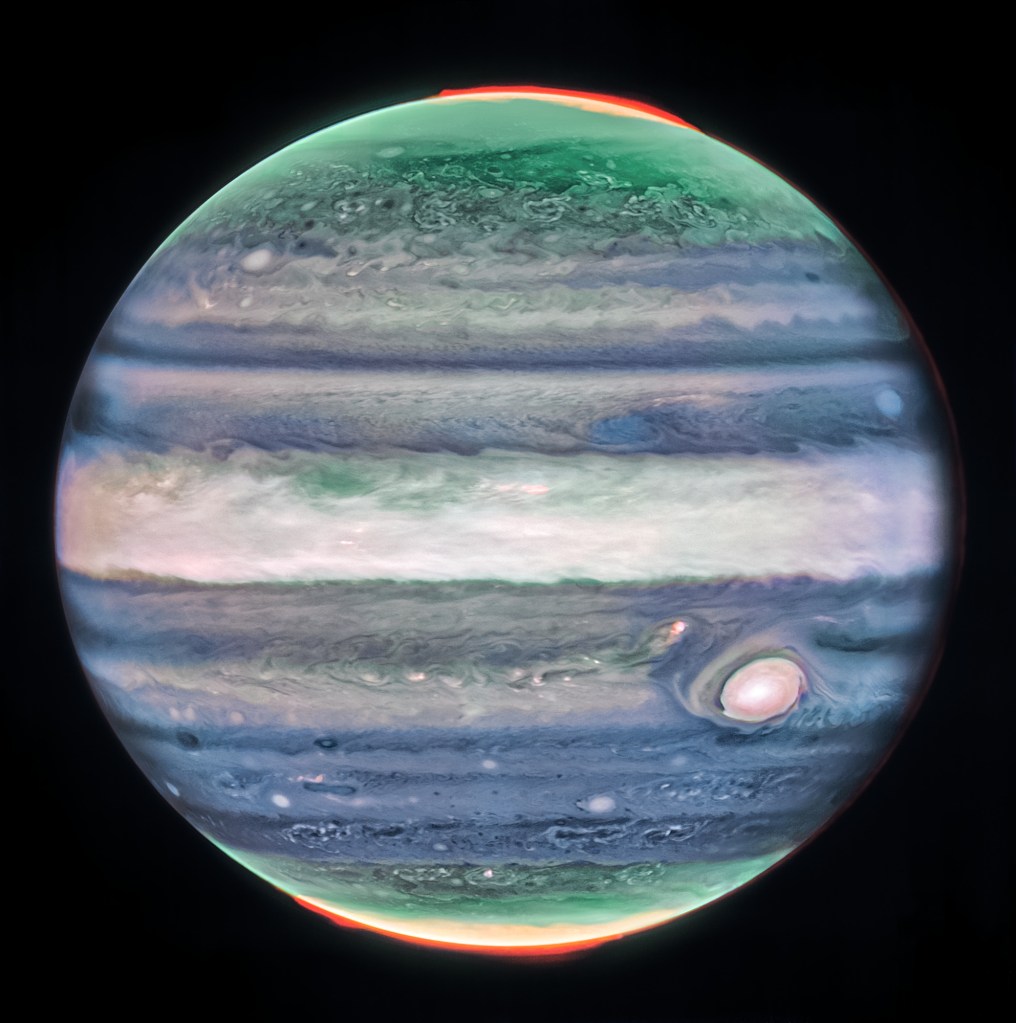
Saturn
Saturn is the sixth planet from the Sun and the second largest planet in our solar system. Adorned with a dazzling system of icy rings, Saturn is not the only planet to have rings, but none are as spectacular or as complex. Like fellow gas giant Jupiter, Saturn is a massive ball made mostly of hydrogen and helium. Geysers on one of its dozens of moons, Enceladus, lead scientists to believe there is water below the surface, an essential component of life.
Learn More About Saturn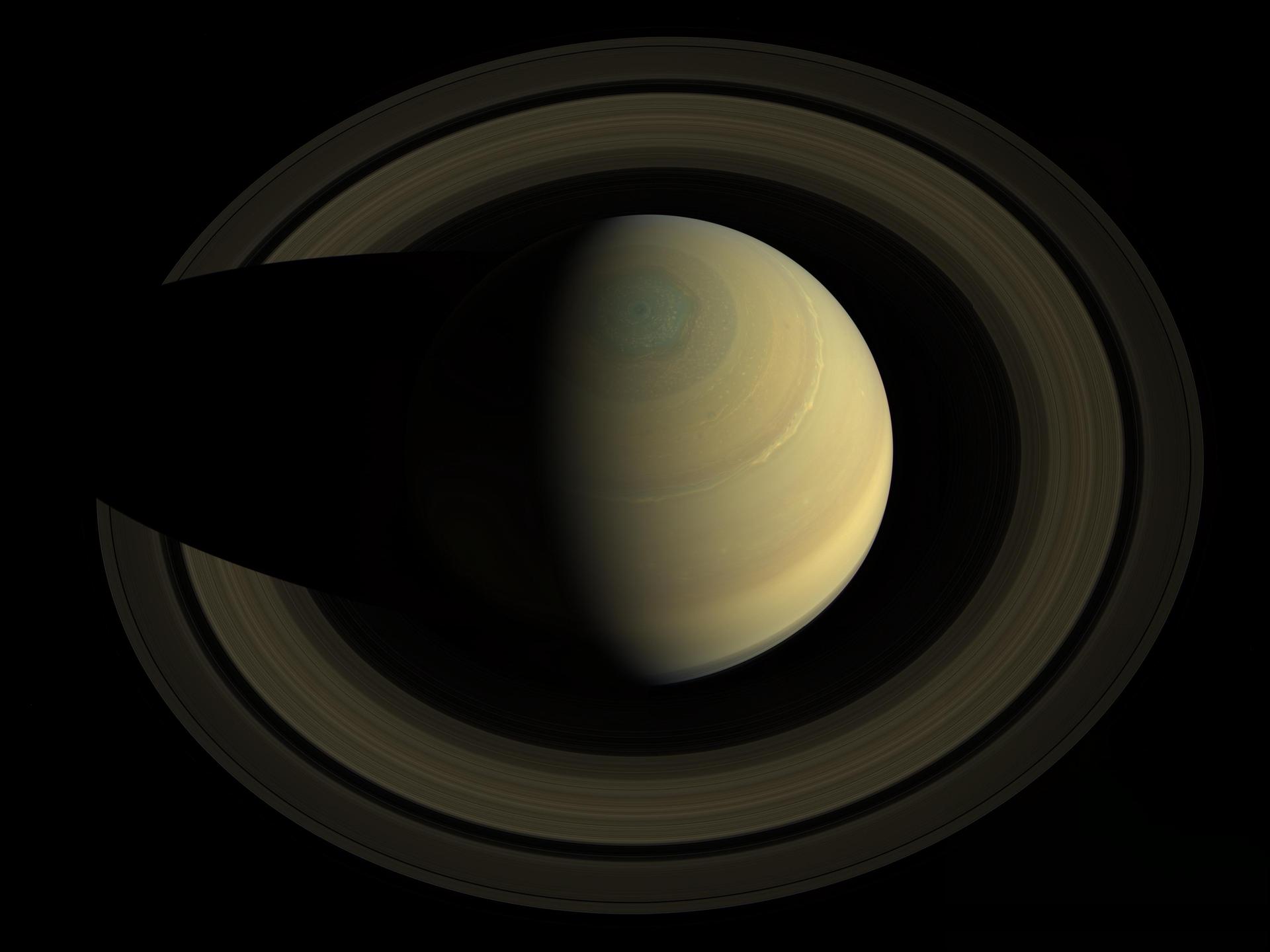
Uranus
Cold and windy Uranus is surrounded by faint rings and more than two dozen small moons as it rotates at a nearly 90-degree angle from the plane of its orbit, making it appear to spin on its side. Its blue-green color is due to large amounts of methane, which absorbs red light but allows blues to be reflected back into space. The atmosphere is mostly hydrogen and helium, but also includes large amounts of water, ammonia and methane.
Learn More About Uranus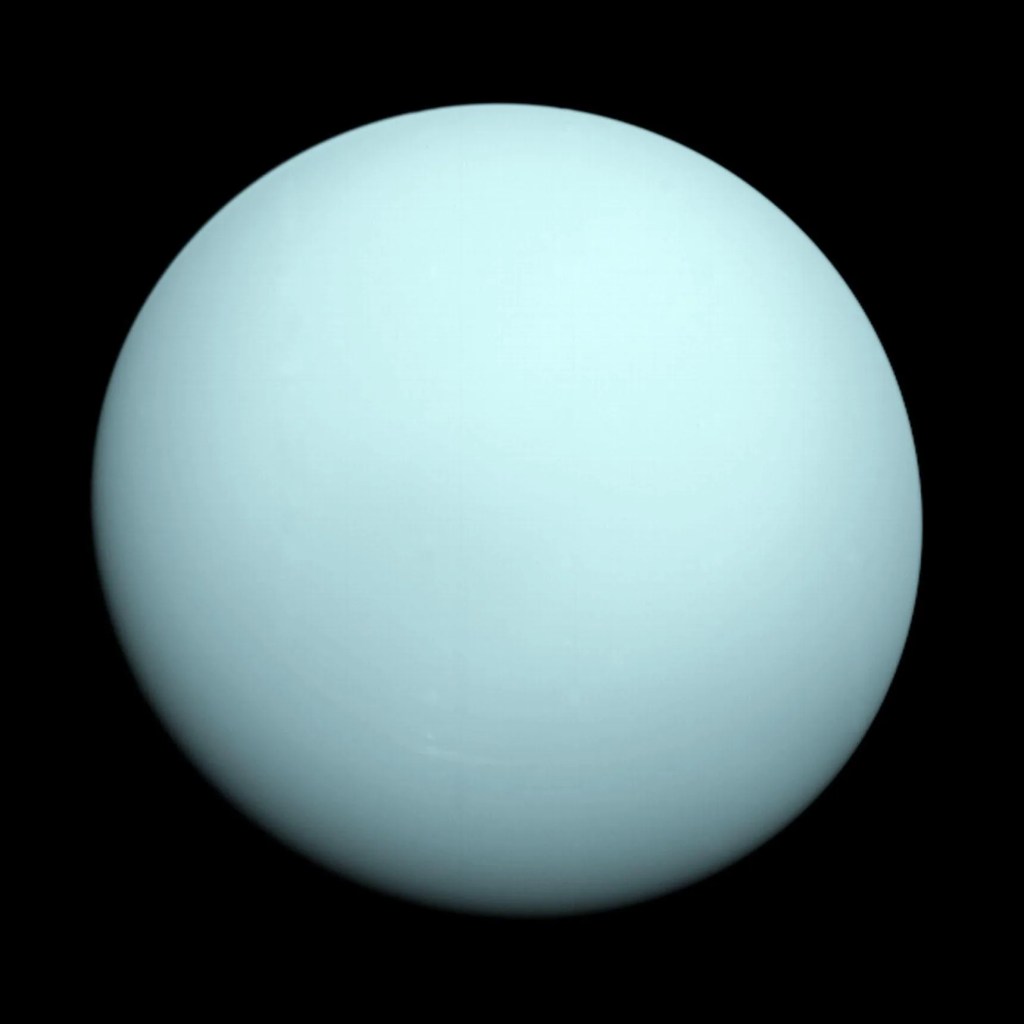
Neptune
Dark, cold and whipped by supersonic winds, giant Neptune is the eighth and most distant major planet orbiting our Sun. More than 30 times as far from the Sun as Earth, Neptune is not visible to the naked eye and was the first planet located by mathematical calculations. Its blue color comes from methane in its atmosphere, which absorbs red wavelengths of light but allows blue ones to be reflected back into space.
Learn More About Neptune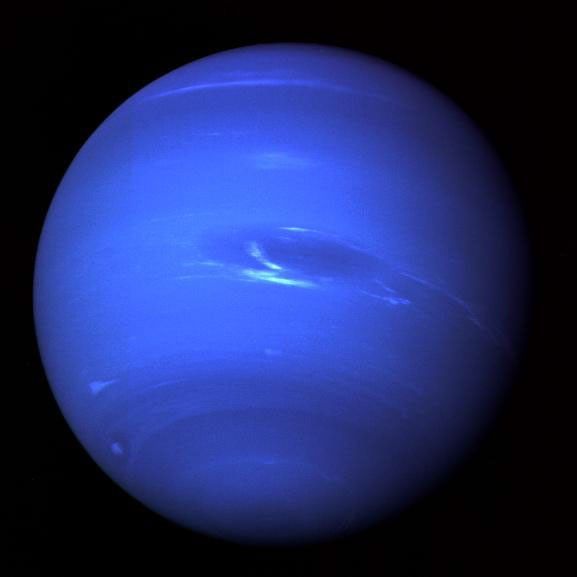
Dwarf Planets
The best-known dwarf planets beyond Neptune are Pluto, Ceres, Makemake, Haumea, and Eris. All but Cerex are in the Kuiper Belt. They’re considered dwarfs because they are massive, round, and orbit the Sun, but haven't cleared their orbital path.
Learn More About Dwarf Planets